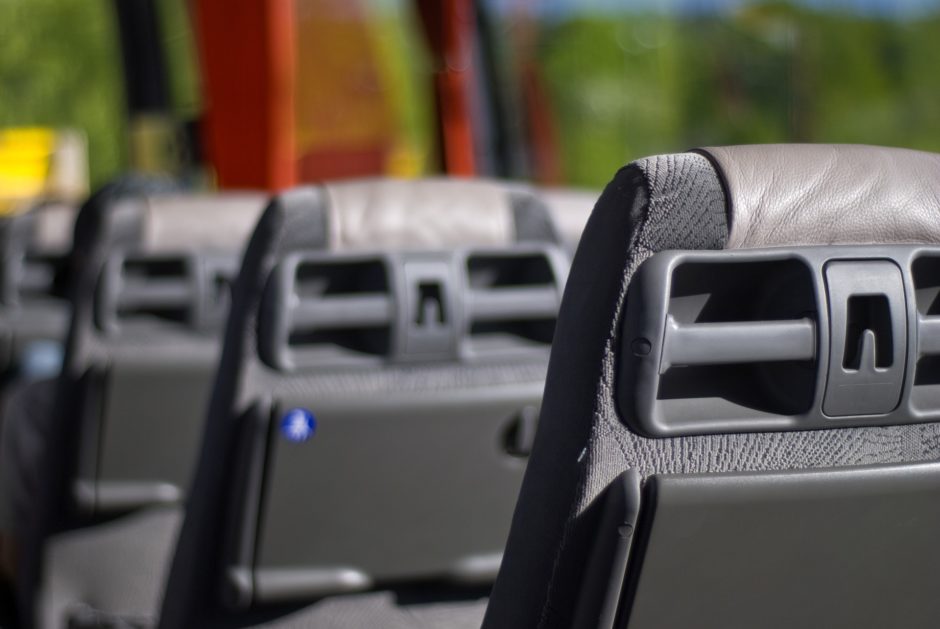Over the past few months, the media has been filled with mixed reports regarding China’s proposed Transit Elevated Bus (TEB) — the new bus concept, designed to alleviate traffic problems in highly-populated cities, comprises a mammoth guided “double-decker” electric bus without the undercarriage.
Given that the bus’s chassis is high enough to straddle multiple traffic lanes, it works as a moving tunnel enabling normal-sized cars to pass under it without running them over. All the bus needs is just enough space on either side to accommodate its tires. If proven practical, and concrete concerns resolved, it could be a feasible, albeit complicated, high-traffic global solution.
Dubbed SkyDrive, it measures 4 to 4.5 m (13 ft. 1 in to 14 ft. 9 in.), has room inside for up to 300 passengers at a time, and reaches speeds of up to 37 mph. The bus would run along a fixed route, with its passenger compartment spanning the width of two traffic lanes. As one could imagine, this big road monster that proposedly would also reduce the number of traffic jams caused by ordinary buses loading and unloading at bus stops, can’t be let loose around a city without causing chaos. Only vehicles less than 2m (6 ft. 7 in.) high can pass underneath it and certainly not trucks. Instead, it would have to run on fixed rails installed along regular roads, while taking up no more road than the barriers on either side.
A trial of the bus was originally scheduled to begin in Beijing’s Mentougou District in late 2010. However, the project was not authorized by district authorities who claimed the technology was too undeveloped. Further trials were subject to the development of a concept to prove the system actually works. Then, with much media hype, a scale model was showcased at the 2016 Beijing International High-Tech Expo by developers Shenzhen Hashi Future Parking Equipment Company. At the unveiling, the bus’s designer, Song Youzhou, said each bus would cost about US$4.5 million — one-sixteenth the price of a subway train.
A working prototype of the TEB was unveiled August 2016 in China’s Qinhuangdao, Hebei province. Four other Chinese cities, Tianjin, Nanyang, Shenyang, and Zhoukou, signed contracts for pilot projects involving the construction of test tracks beginning in 2016 and the city of Manaus, Brazil, also assessed the option of installing a straddle bus in its city streets.
However, a claimed test of a prototype design was heavily criticized, including concerns that it could topple over due to gravity issues, could not interact safely with other vehicles particularly when drivers move to change lanes, that its tracks would require relatively straight roads not found in many older city areas, and that the overhead boarding stations that the bus needed would take up too much space. Some called it a complete scam.
Disappointingly, after the August unveiling, it was reported December 9 that investors withdrew, and the TEB now stands in a rusted-out barn in the middle of a major road — ironically, causing traffic jams!
